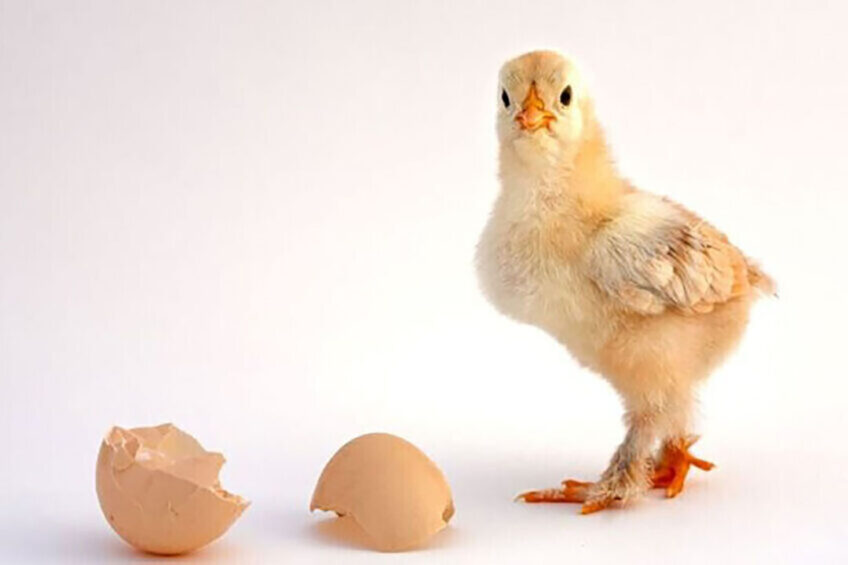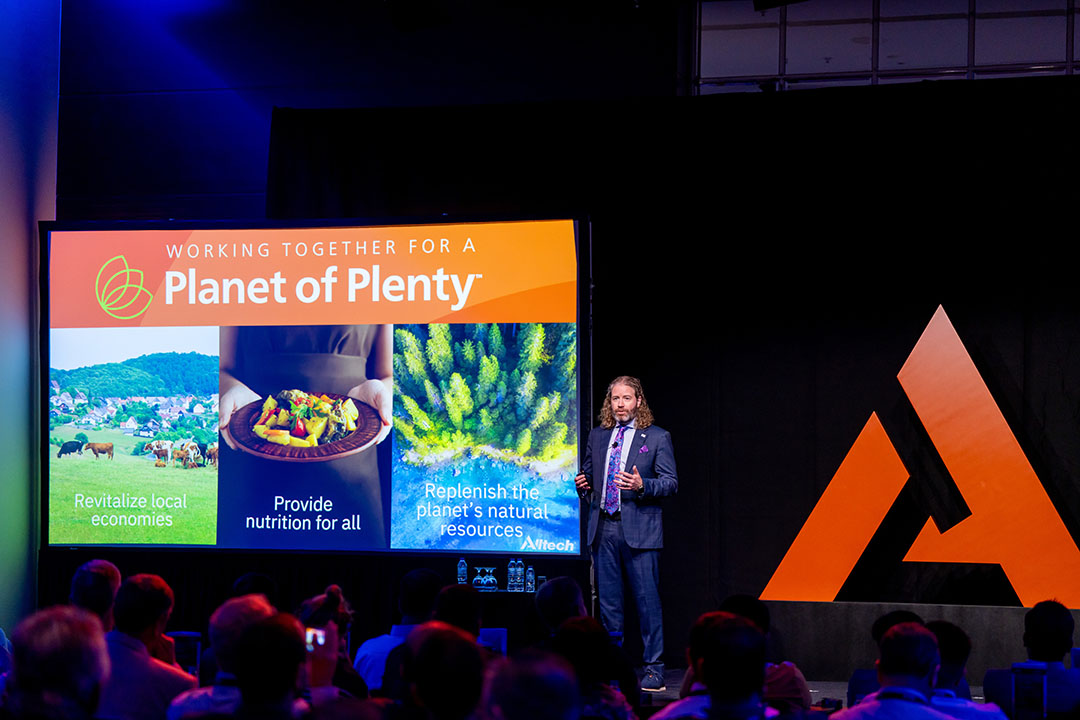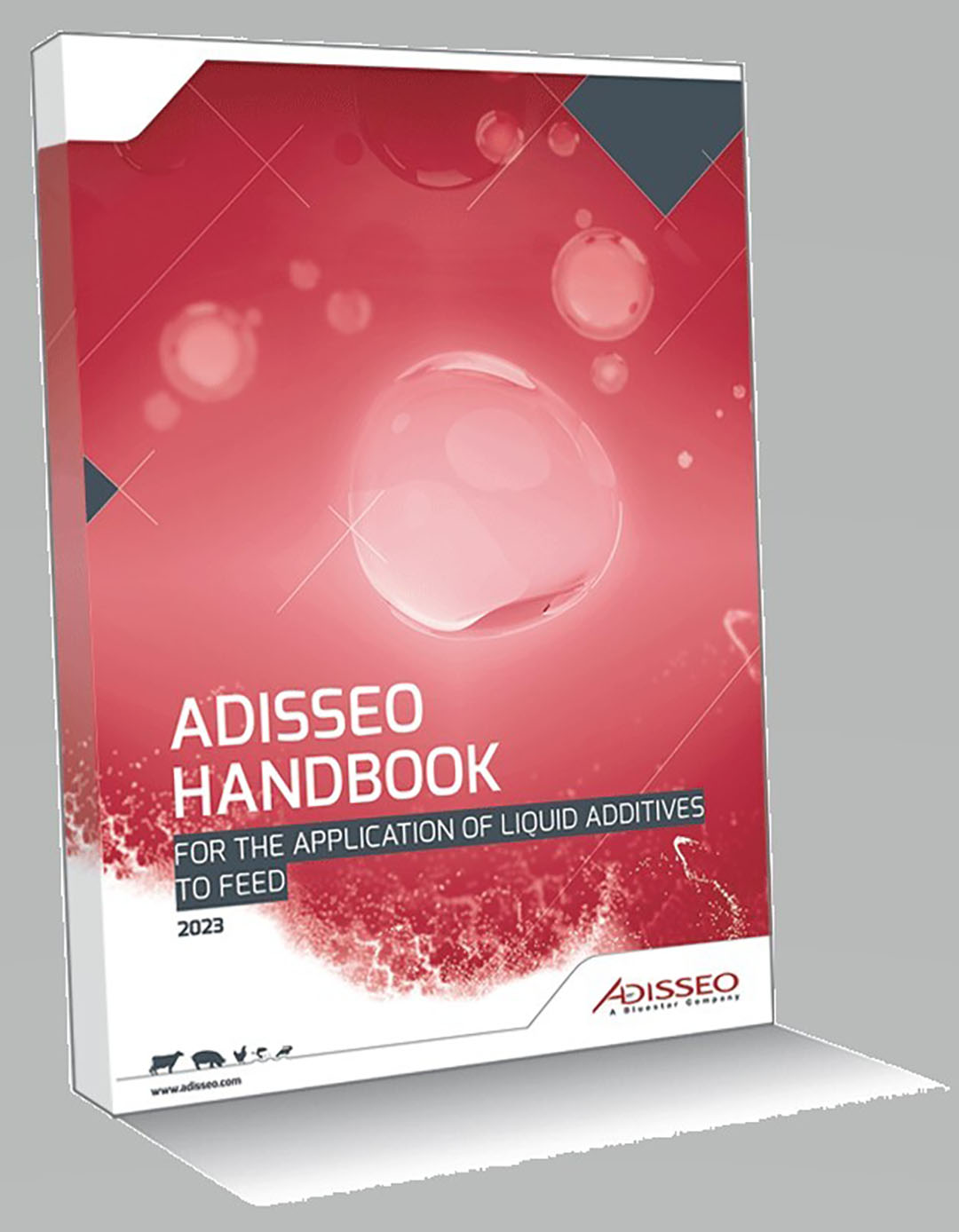October Business Update: What’s new in the world of poultry?

We’re keeping our finger on the pulse and bring you a summary of the latest business updates from the global poultry industry this November.
dsm-firmenich releases latest World Mycotoxin Survey results
dsm-firmenich has released the latest results of the World Mycotoxin Survey from January to September 2023. Until September, 16,587 samples from 86 countries worldwide were collected. The results concluded that Fusarium mycotoxins fumonisins, deoxynivalenol and zearalenone are most frequently found, with the highest regions of mycotoxins found in North and Central America, Sub-Saharan Africa, South Asia, China and Taiwan. The survey also includes details on prevalence levels for each mycotoxin in each region, risks levels for each mycotoxin, and risk levels posed to each species.
Alltech ONE World Tour welcomes international agriculture leaders to Dubai
 The Alltech ONE World Tour (ONE), a series of international events bringing the ideas and inspiration of the annual Alltech ONE Conference to the world, resumed in Dubai. ONE Dubai welcomed international attendees to explore collaborative solutions to the greatest challenges facing the agri-food industry in the Middle East, Africa and beyond. The event featured discussions led by local and international experts about the latest trends in sustainable agricultural, animal nutrition and business.
The Alltech ONE World Tour (ONE), a series of international events bringing the ideas and inspiration of the annual Alltech ONE Conference to the world, resumed in Dubai. ONE Dubai welcomed international attendees to explore collaborative solutions to the greatest challenges facing the agri-food industry in the Middle East, Africa and beyond. The event featured discussions led by local and international experts about the latest trends in sustainable agricultural, animal nutrition and business.Benson Hill focuses on animal feed markets
Food tech company Benson Hill plans a focused expansion into broadacre animal feed markets. The company recently completed an external analysis of several non-GMO, ultra-high protein low oligosaccharide commercial soybean varieties, which it says validates value-added attributes for poultry diets, swine rations, and pet food. These soybean varieties were developed from its proprietary germplasm and CropOS innovation engine, an AI-based prediction and data insights platform.
dsm-firmenich and Sustained partner on environmental reporting of food products
dsm-firmenich and Sustained are partnering to enable customers to report the farm-to-fork environmental footprint of food products containing animal proteins including eggs, meat, milk, and fish. The agreement allows farmers, processors, food manufacturers and retail brand owners to manage and communicate the sustainability of food production by leveraging dsm-firmenich’s Sustell service for capturing farm-level specific emissions data and Sustained’s platform to deliver product-level environmental life cycle assessments of consumer food products at scale.

Adisseo publishes a handbook on liquid additive application in feed
Adisseo has presented a new handbook on liquid additives application in feed. Liquid additives and supplements, or liquid micro ingredients, are added at levels of between 0.1 to 5kg/metric tonne, depending on the product. The common stages for inclusion are with raw materials at reception or, in the majority of cases with feed, either in the mixing or post pelleting phases. The handbook provides an overview of additives that can be used in liquid form, when they can be added during the process, and the characteristics to factor in for the right application.













